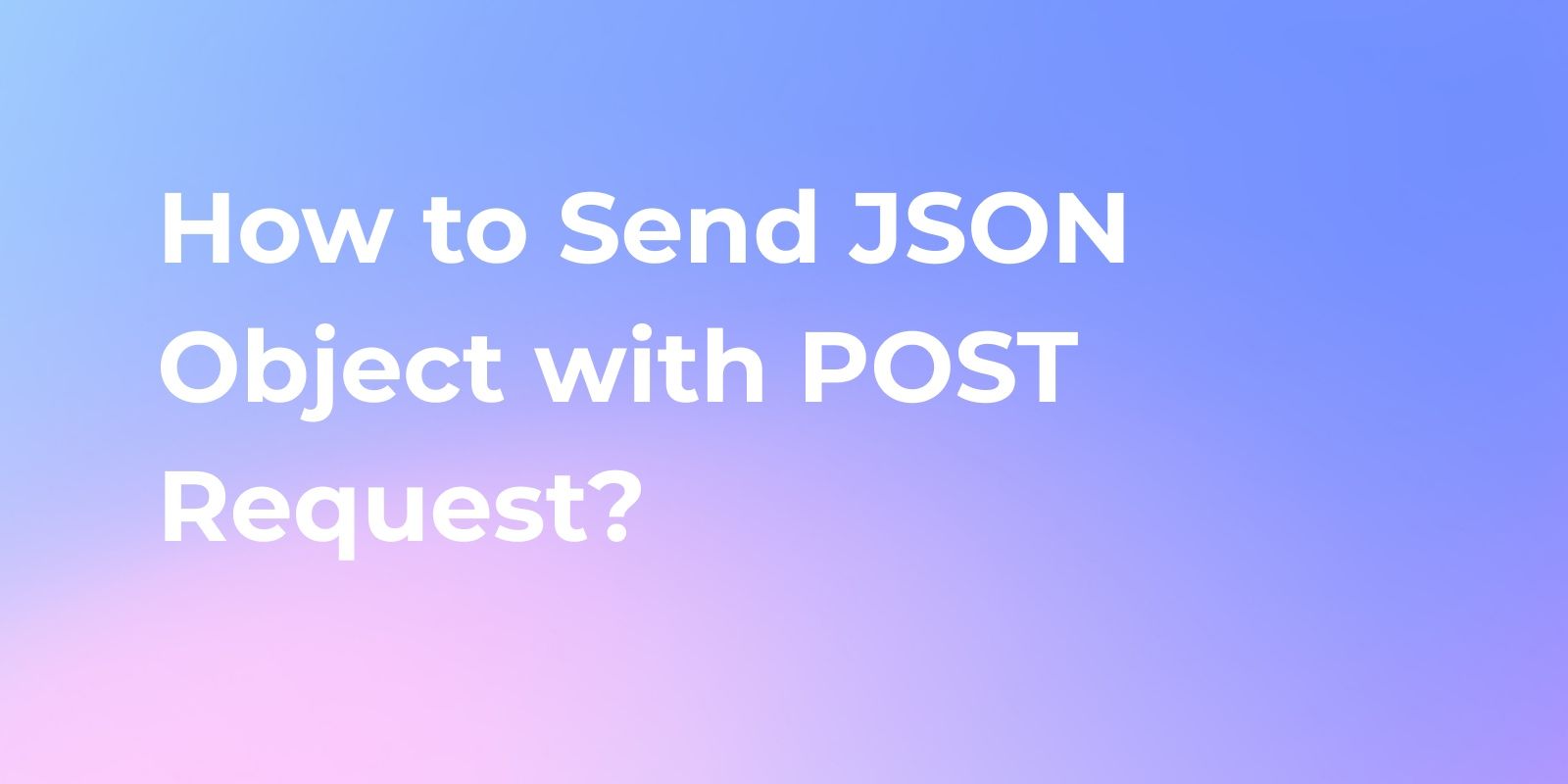How to Call JSON RPC API (3 Best Ways)
Calling JSON-RPC APIs is a fundamental aspect of modern web development. In this blog, we will explore two of the best methods to call JSON-RPC APIs, providing developers with insights into making seamless and effective API calls.
JSON RPC (Remote Procedure Call) is a lightweight protocol used for communication between a client and a server over a network. Calling JSON-RPC APIs is a fundamental aspect of modern web development, enabling applications to interact with remote servers and perform various tasks efficiently.
To use the JSON RPC API, there are two useful methods available: using Apidog, a powerful tool, or using a Programming Language Library. Both methods have their own advantages and considerations, depending on the specific use case and requirements.
In this blog, we will explore three of the best methods to call JSON-RPC APIs, providing developers with insights into making seamless and effective API calls.

Method 1. Using Apidog to Call JSON RPC API
Apidog is a highly powerful API management tool that is also compatible with JSON-RPC. It provides comprehensive support for APIs using the HTTP protocol, as well as other protocols like GraphQL, WebSocket, and gRPC. Whatever type of API you want to design or test, Apidog is the tool to have.
To test a JSON RPC API, we can use Apidog, a powerful tool that provides an easy and efficient way to test and document APIs. In this section, we will guide you through the process of setting up Apidog for testing a JSON RPC API.
Step 1. Create a New POST HTTP Request
Apidog is a user-friendly API development tool, you just select the POST method and enter the URL. In the "Body", you can

Step 2. Send the JSON RPC
In this example, we invoke a method called "echo" and provide an object as the parameter. The request is uniquely identified by the identifier "123." After inputting the JSON RPC, you can click "Send" to run the JSON RPC easily.

What makes Apidog even more powerful than Postman is that, after using the "New Request" feature to call a JSON-RPC API, you can simply click the "Save as API" button on the right to automatically generate the API documentation.

Step 3. Automated API Documentation Generation
With Apidog, we can automatically generate API documentation from our JSON-RPC requests. It extracts the request parameters as data structures and displays them as sample values alongside. Not only does this automated documentation feature save us significant time and effort, but the resulting documentation is also aesthetically pleasing, clear, and highly practical for API developers.

Method 2. Using a Programming Language Library
Using a programming language library is one of the best ways to call JSON RPC API. These libraries provide a convenient and efficient way to interact with the API and handle the JSON RPC protocol.
Here are the steps to call JSON RPC API using a programming language library:
- Choose a programming language: There are several programming languages that have libraries for JSON RPC API, such as Python, JavaScript, Java, and PHP. Choose the one that you are most comfortable with or that best suits your project requirements.
- Install the library: Once you have chosen a programming language, you need to install the library that provides JSON RPC functionality. Most programming languages have package managers that make it easy to install libraries. For example, in Python, you can use pip to install the library.
- Import the library: In your code, import the library that you installed in the previous step. This will give you access to the functions and classes provided by the library.
- Create a connection: Use the library to create a connection to the JSON RPC API. This typically involves providing the API endpoint URL and any authentication credentials if required.
- Call the API methods: Once the connection is established, you can use the library's functions or methods to call the API methods. These functions or methods typically take the method name and any parameters required by the method. The library will handle the JSON RPC protocol and send the request to the API.
- Handle the response: After making the API call, the library will receive the response from the API. Depending on the library, the response may be returned as a JSON object or parsed into a more convenient data structure. You can then extract the relevant data from the response and use it in your application.
- Error handling: It is important to handle any errors that may occur during the API call. The library may provide functions or methods to check for errors in the response and handle them appropriately. This could include retrying the API call, logging the error, or displaying an error message to the user.
Using a programming language library simplifies the process of calling JSON RPC API by abstracting away the low-level details of the protocol and providing a higher-level interface. It also helps in writing clean and maintainable code by providing functions or methods that handle common tasks, such as authentication and error handling.
Method 3. Using Postman to Call a JSON-RPC API
Here are the steps to call a JSON-RPC API using Postman:
Step 1. Open Postman and create a new HTTP request.

Step 2. In the request panel, select the HTTP method as POST.

Step3. Enter the URL address of the JSON-RPC API, setting up the header.
Step 4. In the Body section, select "raw - JSON" and enter the following data in JSON format:
{
"jsonrpc": "2.0",
"method": {{method to be called}},
"params": {{parameters required by the method}},
"id": {{unique identifier of the request}}
}
Step 5. Click the Send button to send the request. If everything is OK, you will see the response data in JSON format in the response panel.

In this example, we call a method named "echo" and provide an object as the parameter. The unique identifier of the request is 123.



